Benjamin Moore Stonington Gray
From modern farmhouse to coastal glam, Benjamin Moore Stonington Gray will feel right at home in all kinds of spaces. For today’s paint spotlight, we’ll explore everything there is to know about this cool-toned gray that has taken the design world by storm.
When you’re trying to decide what to paint your house, you want to make sure you get it right. Not only is it a lot of time and money, but you’ll probably live with those colors for a long time. You want to make sure the vibe you create is spot on!
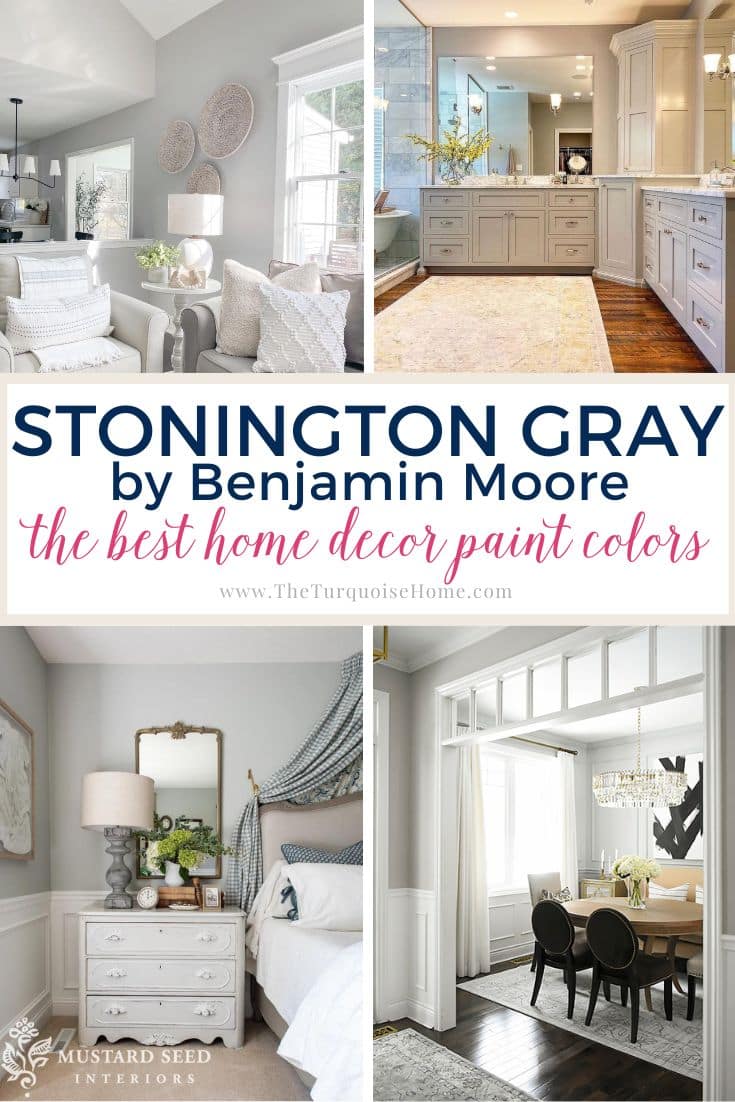
Selecting a good neutral gray can be tricky since there are so many options, and each will look slightly different in your home. Well, here is one for your consideration!
Benjamin Moore Stonington Gray (BM HC-170) is one of the company’s best-selling gray colors. It’s part of their historical collection, full of their tried-and-true favorites, that look great on both interiors and exteriors.
Stonington Gray paint fits the bill as a timeless option. It’s a stormy, cool gray that will make your space look fresh for years to come.
If you’re interested in picking up Stonington Gray for your own home, I’ll cover everything you need to know about the paint, including undertones, light reflectance value, colors for pairing, and more.
This post contains affiliate links for your convenience. See my full disclosure policy.
PRO Tip
Any time you are choosing a new paint color, you need to try out the real paint color in your home first!
The easiest and quickest way to do that is with Samplize! I solely use them for paint samples now. There’s no mess, no leftover sample pots of paint. Plus, these no-mess, peel-and-stick rectangles made from real paint, are easy to move around the room and easy to save for future reference!
What Are the Undertones of Benjamin Moore Stonington Gray?
Every paint has its undertones, and Stonington Gray is no exception. The trick is to find a color with undertones that match your existing space or vision.
Stonington Gray is a more traditional gray since it is considered cool-toned. However, it’s not so cool that it feels sterile or cold.
In Stonington Gray, you’ll largely see some slight blue undertones, though those can disappear in certain lighting. Other undertones you might see include green and purple, though those don’t come out as strongly as blue.
In north-facing light, the blue undertones will be the most intensified. As a general rule, north-facing light will enhance any existing color.
In south-facing light, you might see those green undertones flicker through.
What is the Light Reflectance Value of Stonington Gray?
The light reflectance value (LRV) of Stonington Gray paint is 59.36. If you’re new to LRV, professionals use this tool to determine the amount of light a paint might reflect. 100 represents pure white, while 0 represents true black.
At 59, Stonington Gray is considered a medium-toned shade. This means it doesn’t stray too heavily towards light or dark, making it a versatile neutral. It won’t wash out in bright rooms, nor will it darken a room that lacks light.
What Colors Go With Benjamin Moore Stonington Gray?
BM Stonington Gray is a true neutral color. In most scenarios, it won’t compete with other colors in the room for attention. The undertones can go with the flow to match what else is in the space.
When looking for a trim color, you can go with a soft and warm white like Simply White or Cloud White. Using a warm trim can help soften the gentle cool undertones found in Stonington Gray.
Another great option for trim is a true white like Chantilly Lace. This provides a pretty noticeable and clean contrast with each color. Chantilly Lace is recommended by Benjamin Moore to go alongside Stonington Gray, so it’s an easy winner!
If you are looking for a darker color to pair with it, you can go with a darker cool-toned gray like Puritan Gray. A navy blue like Hale Navy also would look stunning. Just make sure to keep everything else in the room, such as furniture, flooring, trim, ceiling, and doors, lightly colored if you pair Stonington Gray with a darker hue.
You can also look for some green paint colors, light and dark, to bring out those hidden green undertones.

Want to Save This?
Enter your email below and I’ll send it directly to your inbox!
Benjamin Moore Stonington Gray in the Home
Let’s see some examples of Stonington Gray in different rooms! As a neutral, you can use it in many different applications.
Stonington Gray in the Kitchen & Dining Room
In the kitchen, it’s nice to have a neutral color on the walls since there is so much going on. The cabinet color, flooring, backsplash, countertops, décor, appliances, and furniture all compete for your eye. A neutral paint color can help tie it all together.
Besides the walls, Stonington Gray could be a great option for a kitchen cabinet color. It will add some contrast and color but won’t drag down the room and make it too dark.
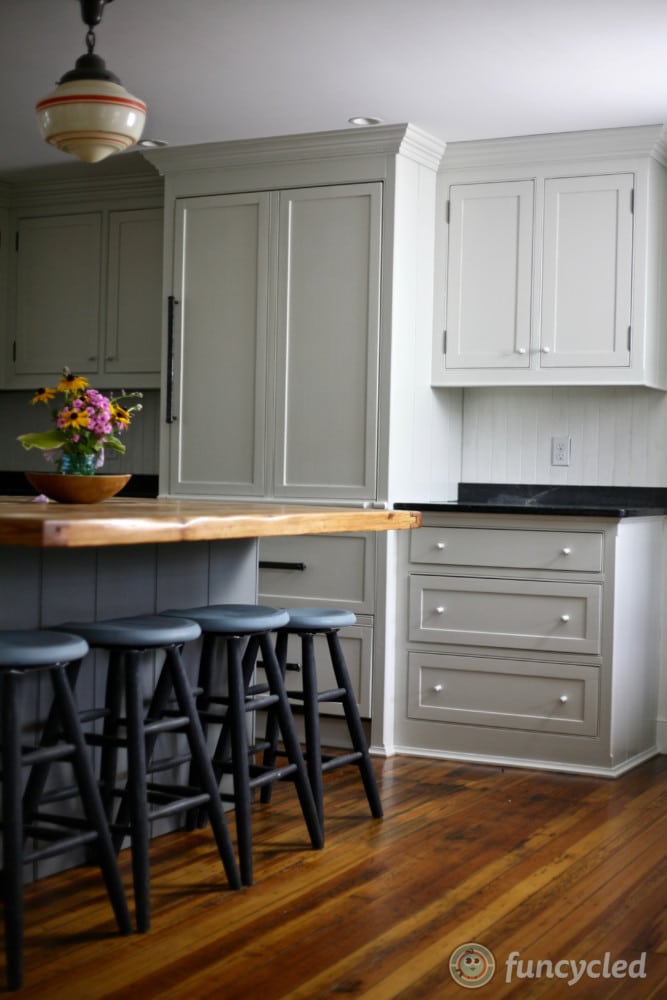
Paint Sheens in the Kitchen: Make sure to keep your visible walls in a satin and your painted cabinets either satin, semi-gloss or high gloss paint finish for the kitchen. I personally prefer a satin finish for my cabinets.
In the dining room, the beautiful gray hue sets the tone for elegant living and hosting.
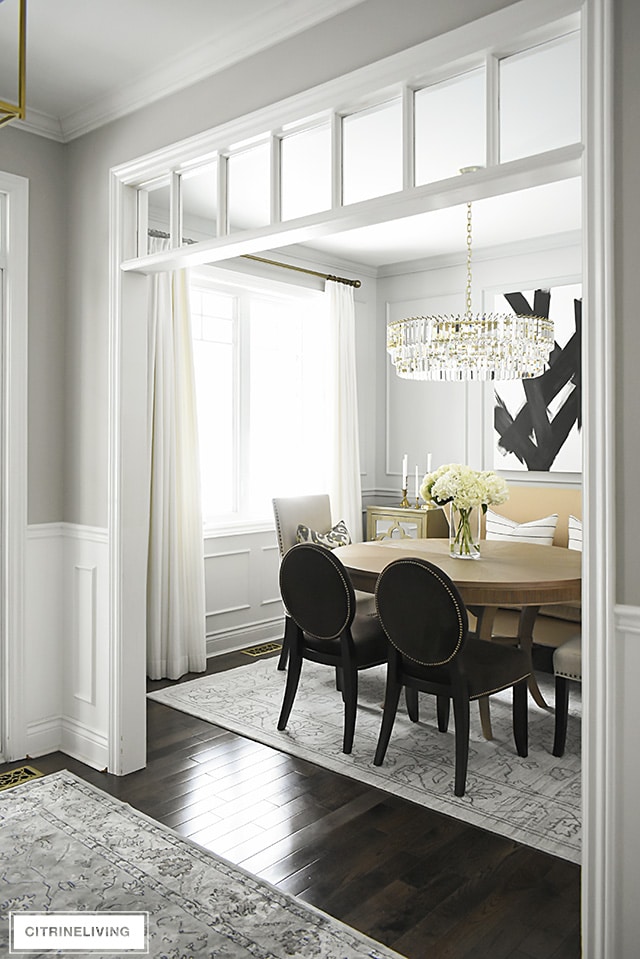
Bedroom
If you’re like me, you want the bedroom to be your little sanctuary. Stonington Gray can have an incredibly relaxing feel thanks to the blue undertones.
Add pops of color to your room, such as an accent wall, patterned duvet, vibrant rug, and more, to let your personality shine. Or, follow the example below to keep your space spa-like and serene with neutral and blue shades throughout.
Bedroom Paint Finish: The perfect sheen in the bedroom is either satin or eggshell paint, depending on your bedroom’s lighting and which paint color you choose. I prefer an eggshell finish on my bedroom walls.
Living Room
BM Stonington Gray may work best in open spaces that receive all kinds of light. A living room is the kind of room to be used at all hours and gets some of the most natural light in the entire house. You’ll see the paint change as the sunlight does throughout the day.
Stonington Gray in the living room allows you to play around with accents. You can go with neutral accents or pops of colors.
Paint Sheen in the Living Room: I recommend going with a livable sheen somewhere in the middle of the road, such as an eggshell or satin paint.
Bathroom
Cool tones are great to use in the bathroom. They create a very spa-like atmosphere that is ideal for creating a relaxing and luxurious mood.
Pairing Stonington Gray paint with beautiful crisp white sinks and tubs will look clean and modern. For a seaside vibe, you can use blue towels and accents. Blue tiles or tiling with blue veining or undertones will also compliment Stonington Gray.
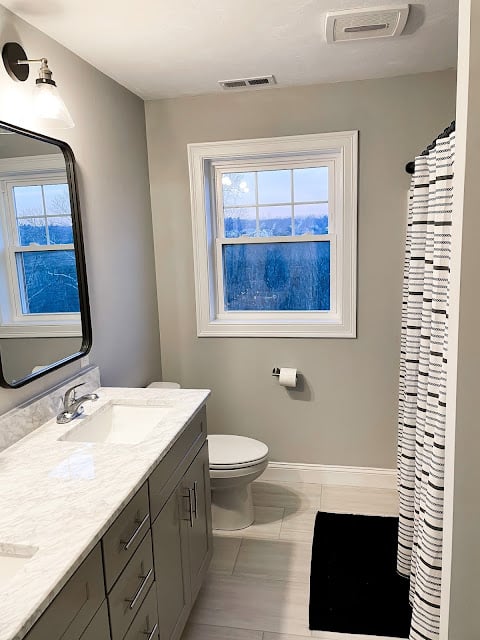
Paint Finishes for the Bathroom: Since bathrooms are subjected to more humidity than other rooms, it’s always good to choose a satin finish. The powder bath is one of the most high traffic areas of a home and you want to have a wipeable surface in there, so it’s always good to choose a satin paint finish.
Other Gray Colors to Consider
If you’re looking around at grays and BM Stonington Gray seems slightly off, you may want to try one of these other gray options.
Revere Pewter
This is another one of Benjamin Moore’s most popular gray paint colors. Revere Pewter has an LRV of 55.5, so it’s slightly darker than Stonington Gray.
The biggest difference between the two is that Revere Pewter is a warm gray, so it can appear almost beige in certain lighting. If you want something warm instead of cool, this might be a better option.
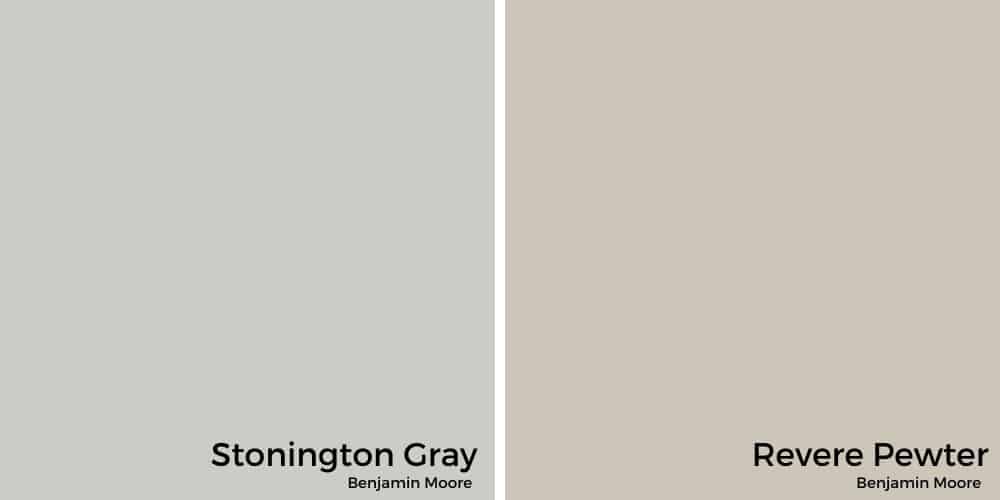
Gray Owl
Benjamin Moore’s Gray Owl is often referred to as a close alternative to Stonington Gray. The main difference between the two is that Gray Owl has a slightly more green undertone than Stonington Gray’s blue.
Gray Owl also has an LRV of 65, so it’s noticeably lighter than Stonington Gray. It can also feel warm in rooms lacking natural light, despite being cool-toned.
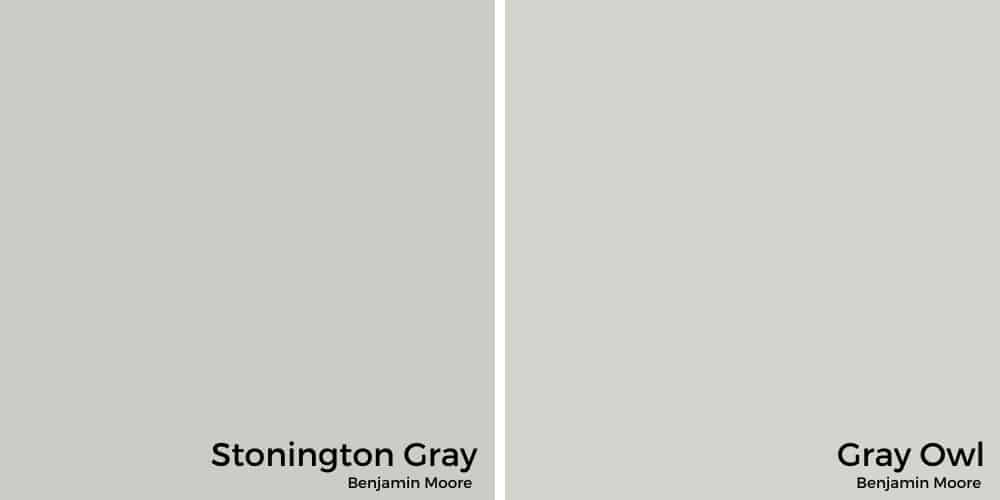
Final Thoughts on Benjamin Moore Stonington Gray
Stonington Gray is a great versatile paint color that will work in many spaces. Thanks to its medium-toned LRV, it won’t make any room too bright or dark—except in rare cases.
You should be a fan of blue undertones if you use Stonington Gray, although you might see those purple and green hints come through if you bring them out.
Overall, I can see why it’s a bestseller. If you choose to use BM Stonington Gray in your home, be sure to let me know how it’s working for you!
More Posts You Will Love:
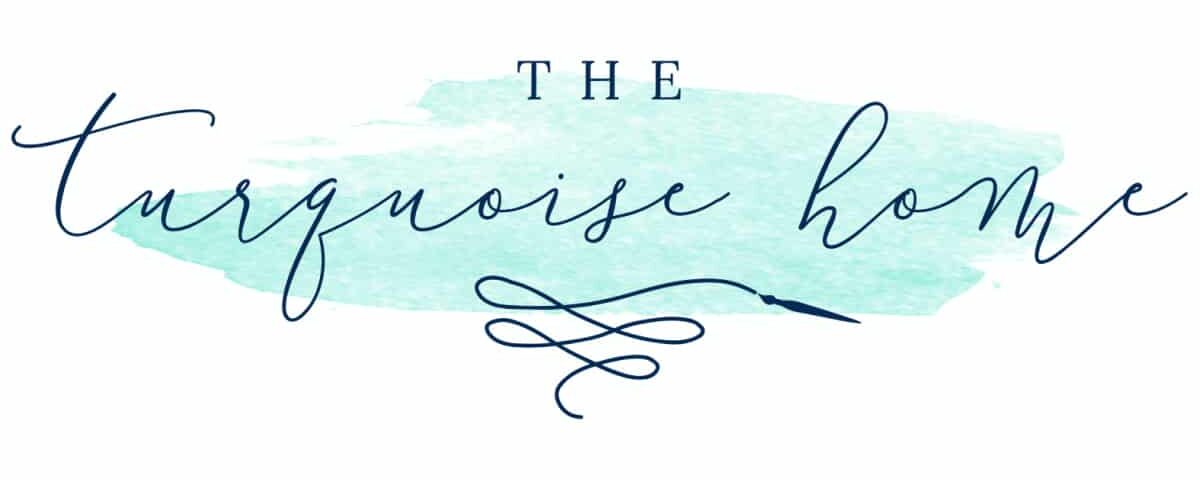
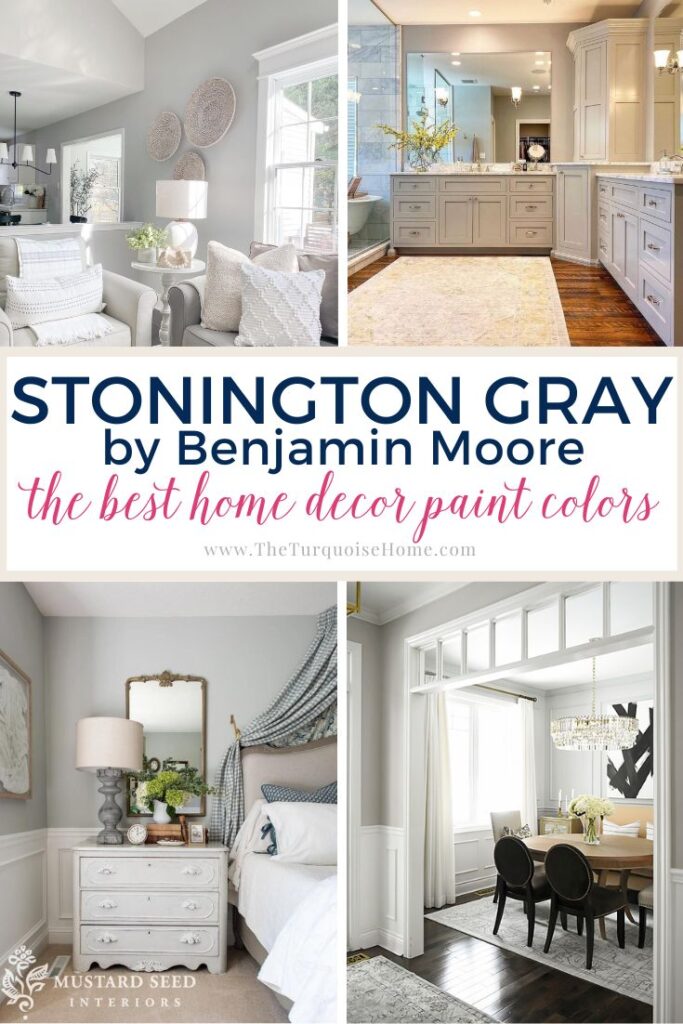
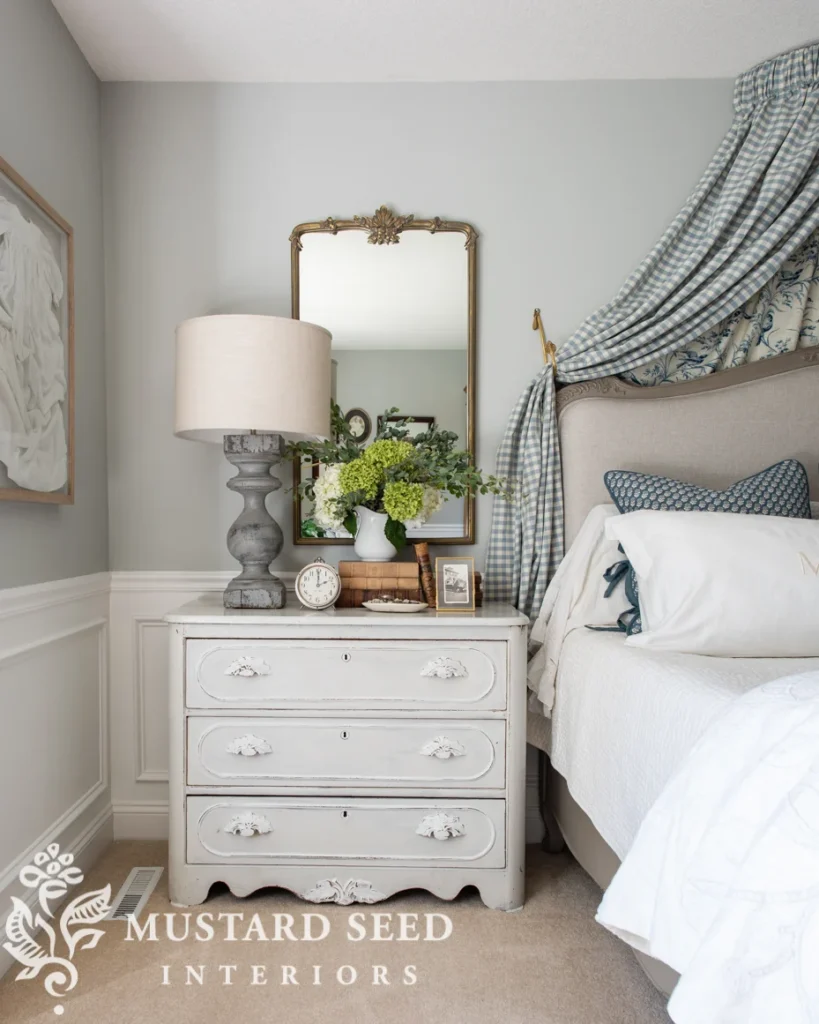
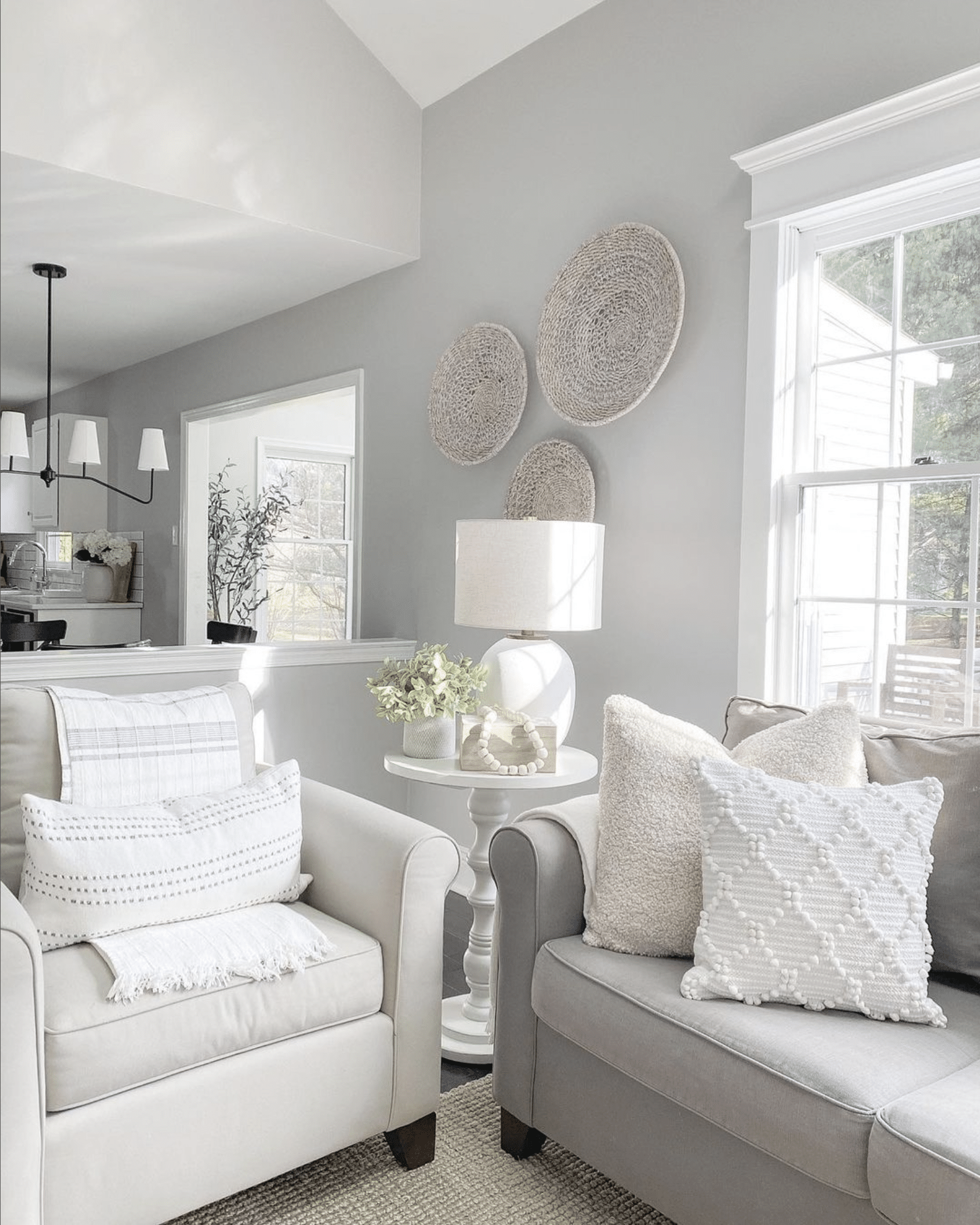
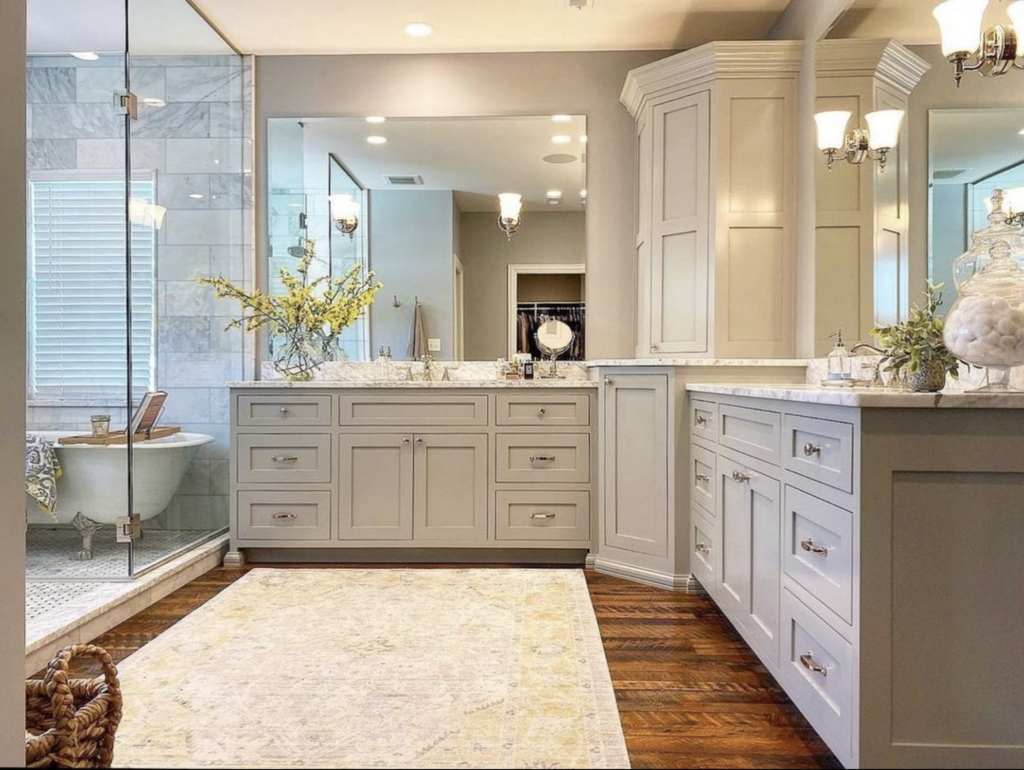
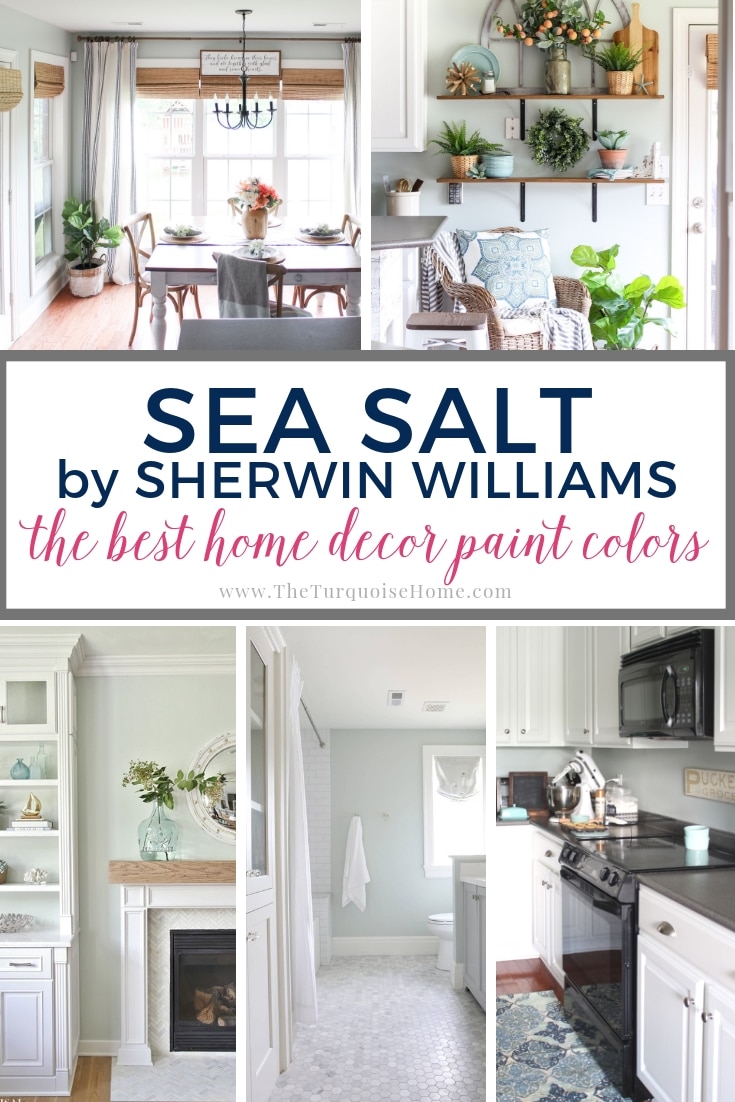
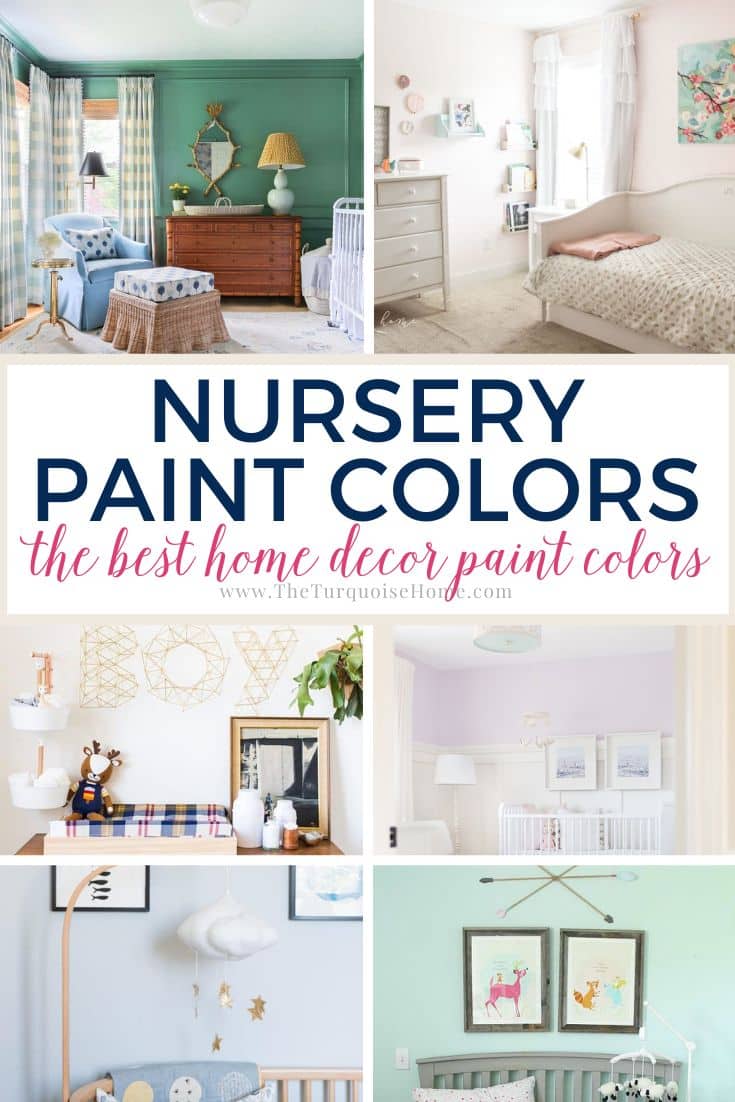
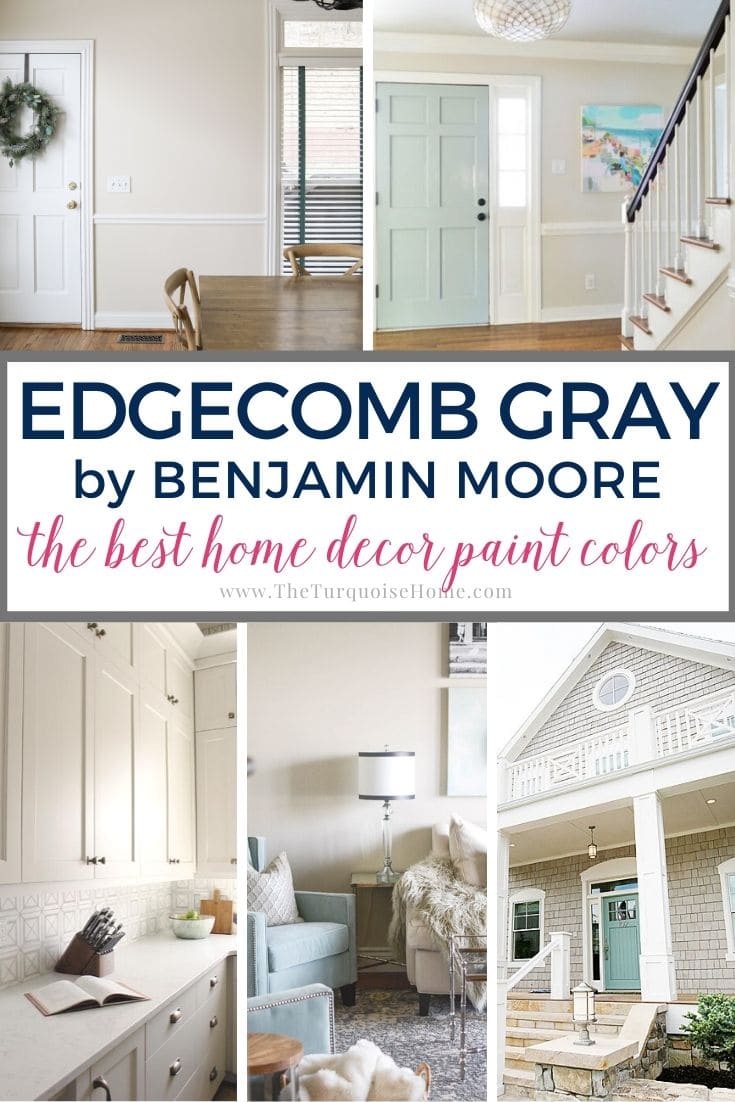
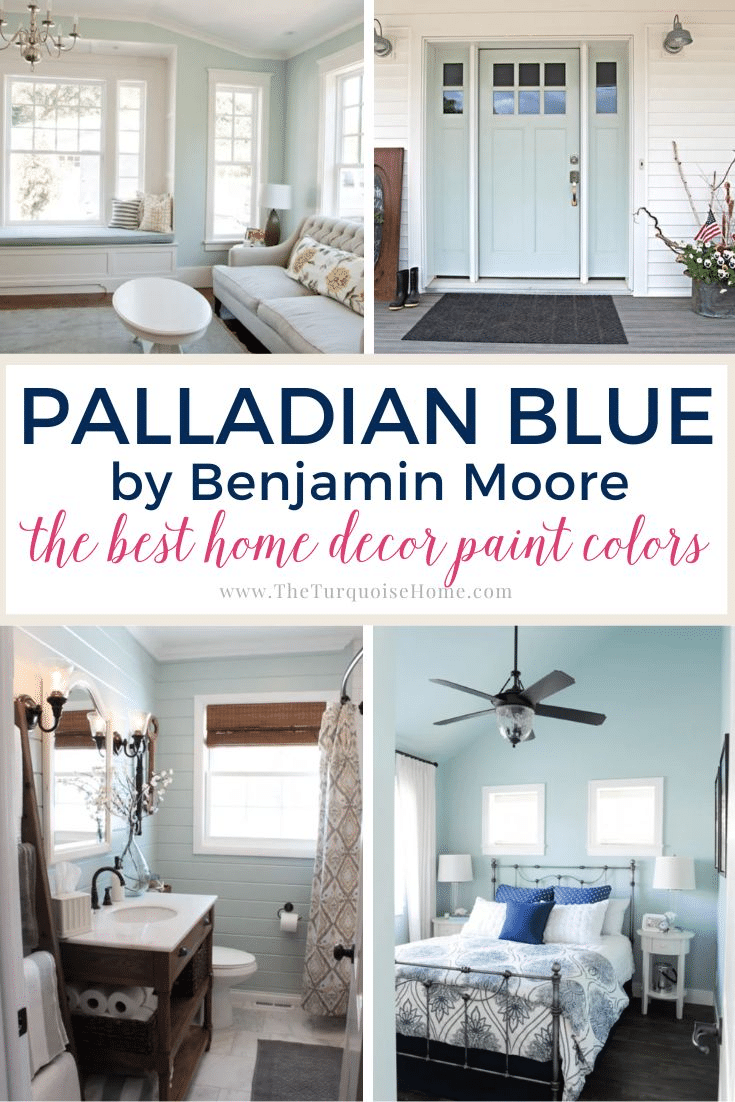
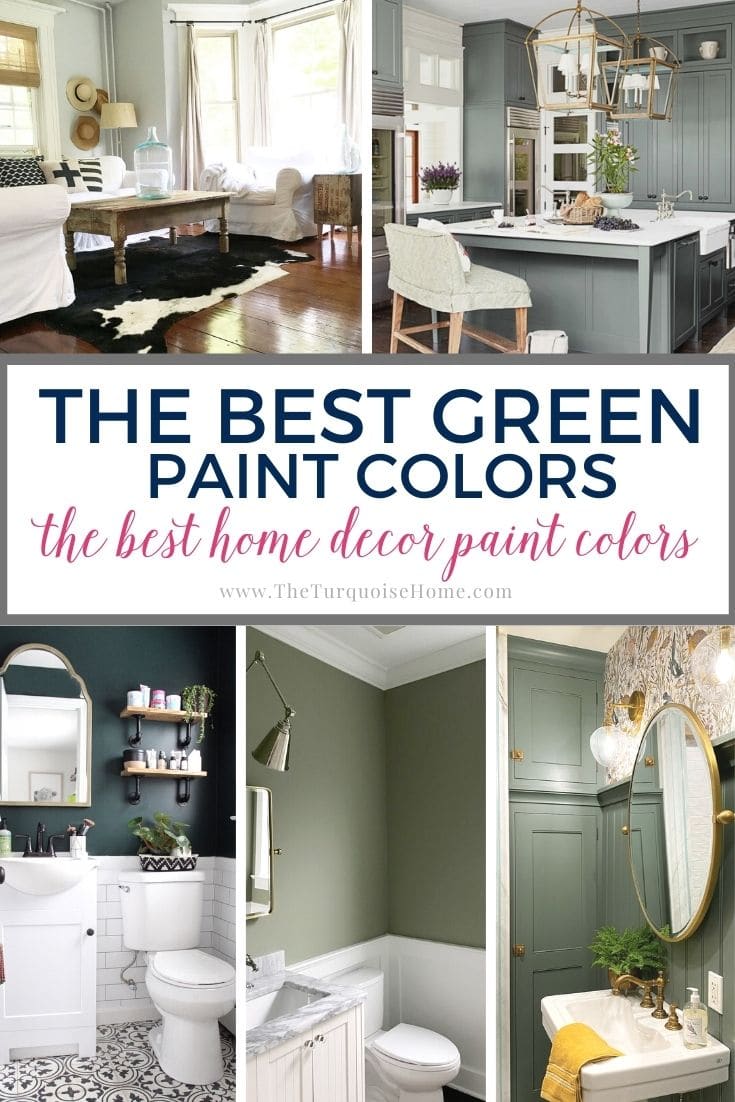
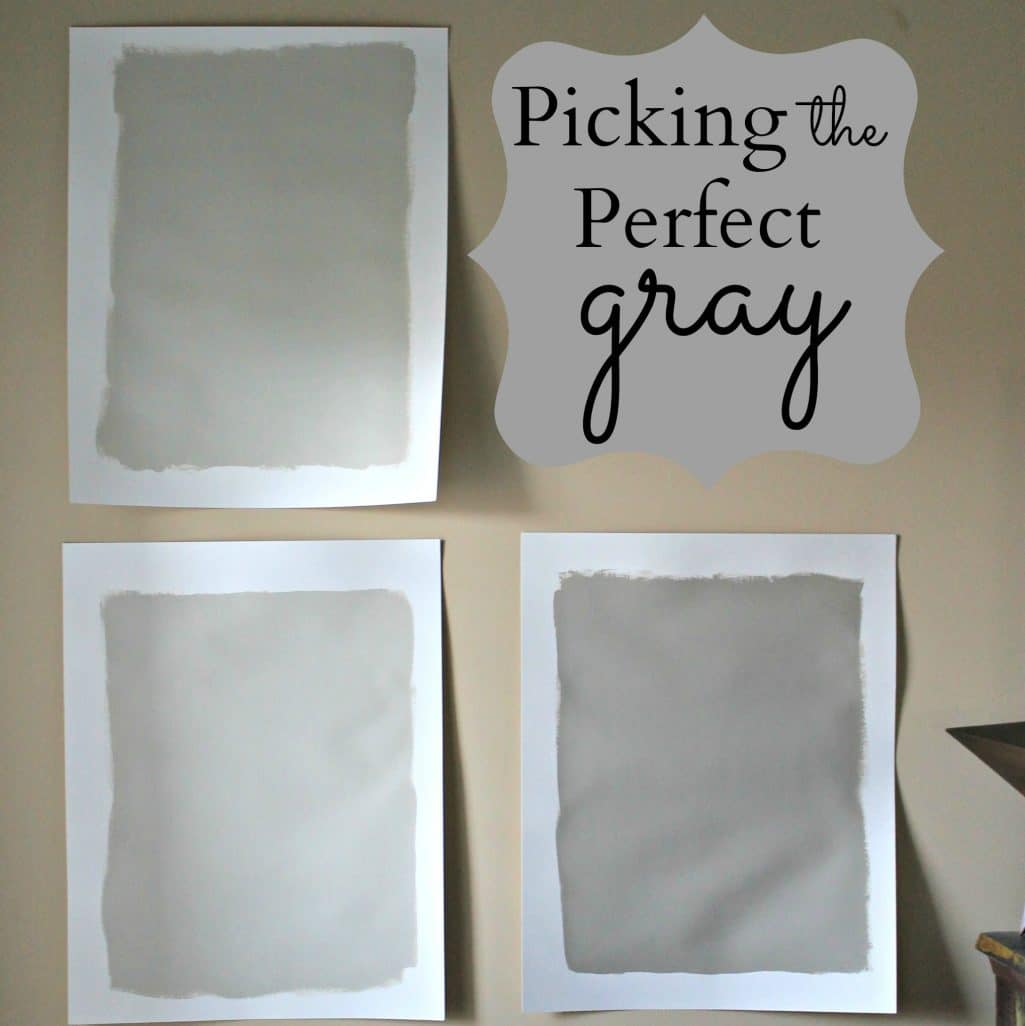
Several years Avon, I painted my LR with Stonington grey after reading your blog. I love it. Now I would like to paint my kitchen the same. It is now revere pewter which is dar, dreary, and “dirty”. Would like to use stoning grey here but am hesitant due to maple cabinets. Would great,y appreciate your thoughts.